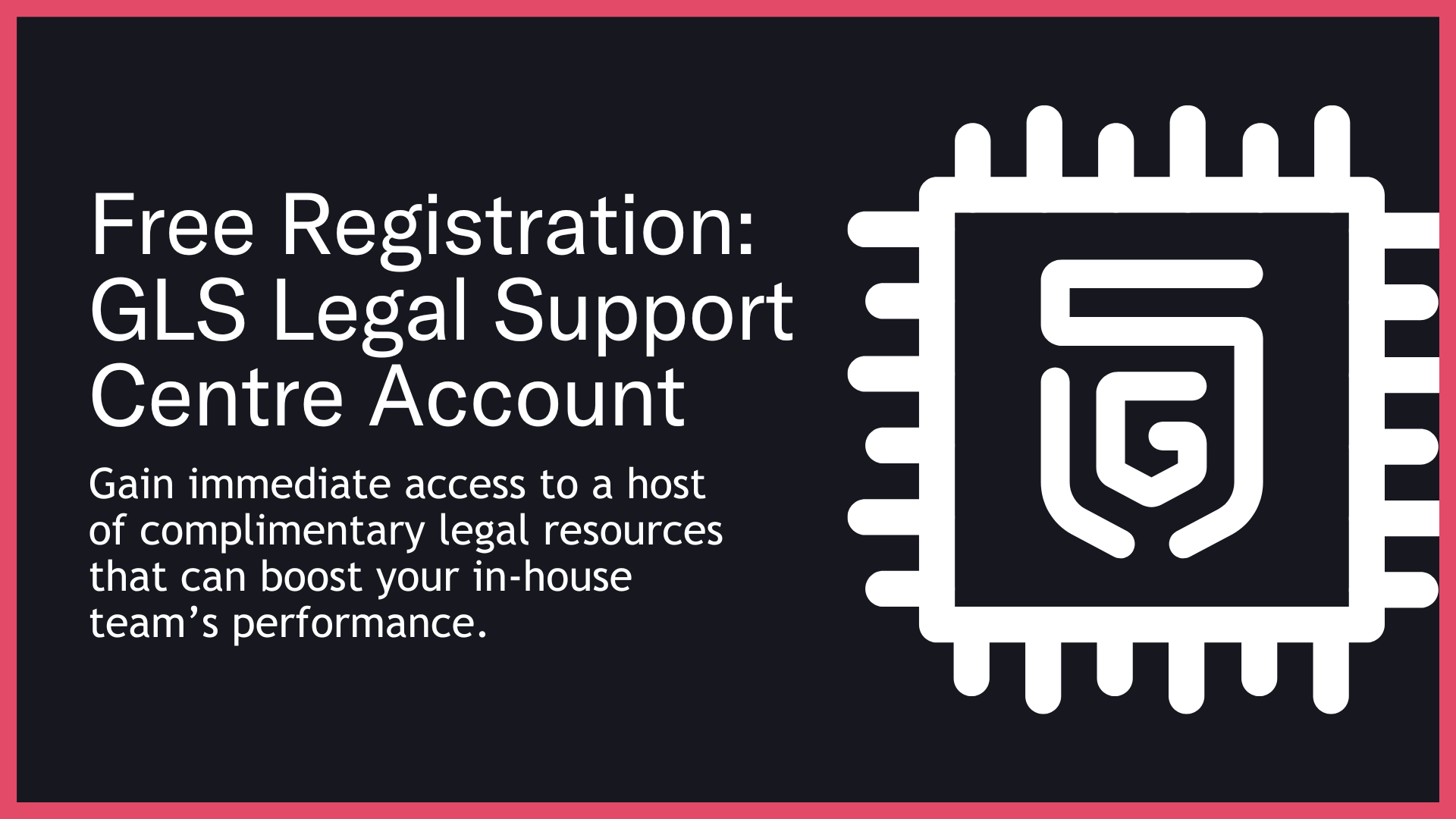GLS Legal Support Centre
Legal Made Easy For Startups
Back
Legal Infrastructure
Introduction
“A lawyer without infrastructure is like a surgeon without an operating theatre - technically qualified, but unable to operate effectively.” – Matt Glynn
Hiring a lawyer is a significant investment, but it’s only part of the equation. Without legal team infrastructure - the tools, precedents, policies, processes, and systems that enable legal work - your lawyer’s impact is limited. For a startup, building this infrastructure from scratch can be costly and time-consuming.
PAA: What is legal team infrastructure?
Legal team infrastructure is the combination of tools, templates, systems, and processes that enable a legal function to deliver advice efficiently and consistently.
PAA: Why is legal team infrastructure important for startups?
Because it transforms legal advice from one-off problem-solving into a scalable, repeatable, and cost-effective function.
Why This is Important
This is an important stage of the start-up journey because:
◼️Enables efficiency – Reduces time spent reinventing documents and processes.
◼️Supports consistency – Ensures legal outputs follow the same standards every time.
◼️Speeds delivery – Shortens turnaround time for contracts and compliance tasks.
◼️Manages risk – Standardises legal positions across the business.
◼️Maximises lawyer productivity – Frees up lawyers to focus on higher-value work.
◼️Controls cost – Reduces dependency on external law firms for basic templates.
◼️Facilitates training – Helps onboard new legal team members quickly.
◼️Increases investor confidence – Shows you have a functioning legal framework.
◼️Improves scalability – Allows legal operations to grow without proportional cost increases.
◼️Supports compliance – Ensures critical policies and checklists are in place.
PAA: What does legal team infrastructure include?
Precedent libraries, contract templates, compliance checklists, document management systems, workflow processes, legal policies, and playbooks.
Consequences of Not Addressing This Issue
Legal Implications
◼️Higher risk of contract errors and omissions.
◼️Inconsistent application of legal positions.
Founder Relationship Issues
◼️Frustration at slow legal turnaround.
◼️Misunderstandings about why legal costs are high.
Commercial Implications
◼️Lost deals due to delays in contract preparation.
◼️Higher negotiation costs due to lack of standard positions.
Operational Implications
◼️Lawyers bogged down creating documents from scratch.
◼️Inefficient allocation of resources to repetitive tasks.
Biz Valuation Issues
◼️Perception of immature governance during due diligence.
◼️Reduced attractiveness to acquirers seeking operational readiness.
PAA: What happens if a legal team has no infrastructure?
It spends excessive time on repetitive work, delivers inconsistent results, and drives up legal costs without increasing value.
What You Should Be Doing
◼️Audit Current Resources – Identify existing templates, policies, and systems.
◼️Build Core Precedents – Create standard contracts and clauses for frequent use.
◼️Implement Document Management – Centralise and control versioning.
◼️Create Playbooks – Document preferred negotiation positions.
◼️Standardise Workflows – Set repeatable processes for legal tasks.
◼️Leverage Technology – Use contract automation and collaboration tools.
◼️Train Teams – Ensure everyone understands and uses the infrastructure.
◼️Review Regularly – Keep templates and policies up to date.
PAA: How do you build legal team infrastructure on a budget?
Start with the most-used contracts and compliance checklists, and use scalable tech tools or outsourced solutions like GLS to avoid high upfront costs.
Balancing Legal Priorities and The Need to Launch Fast
You don’t need a full “big law” infrastructure from day one. Start with essential tools, then build up as your needs and resources grow - or plug into a pre-built platform to get everything on day one without the capital expense.
PAA: Can startups outsource legal team infrastructure?
Yes - providers like GLS offer ready-made infrastructure that can be deployed instantly, avoiding the time and cost of building from scratch.
How These Risks Can Play Out
1. E-commerce Startup – The Manual Contract Bottleneck
An online retailer’s in-house counsel spent 70% of their time drafting from scratch because no standard templates existed. Deals stalled, and legal spend ballooned as external counsel had to be engaged for urgent matters.
2. Fintech – Compliance Without Checklists
A payments startup faced a regulatory audit but had no compliance checklists or documented processes. The scramble to produce evidence cost six weeks of management time and $50,000 in advisory fees.
3. SaaS Company – GLS Infrastructure Plug-In
A SaaS startup used GLS’s ready-made infrastructure - templates, playbooks, and legal tech - to equip its single in-house counsel. Contract turnaround times halved, and legal spend dropped by 40%.
PAA: What are examples of poor legal infrastructure costing startups?
Missing templates delaying deals, lack of compliance tools leading to audit failures, and overuse of external lawyers for repeatable work.
Final Thoughts
A legal function without infrastructure is expensive, slow, and inconsistent. Building - or plugging into - a base level of tools, templates, and processes turns legal advice into a scalable business asset, not just a reactive cost.
How GLS Can Help You
◼️Legal infrastructure audits
◼️Precedent and template creation
◼️Implementation of document management systems
◼️Legal playbook development
◼️Workflow and process design
◼️Compliance checklist creation
◼️Contract automation setup
◼️Training on infrastructure use
◼️Instant access to GLS’s pre-built infrastructure
◼️Ongoing updates and optimisation

